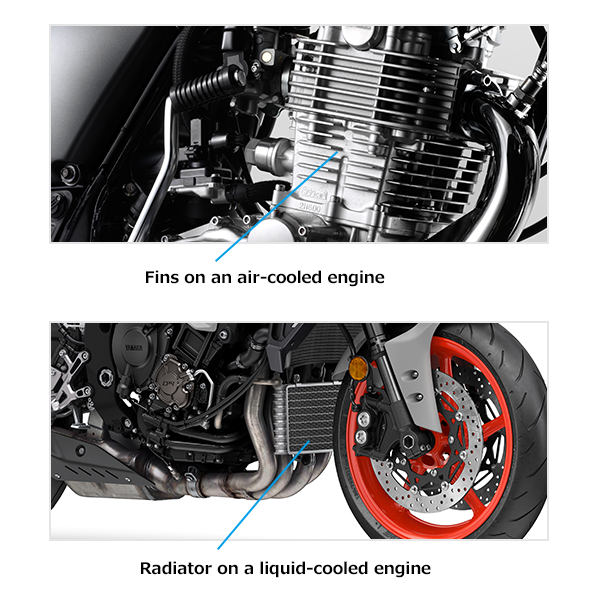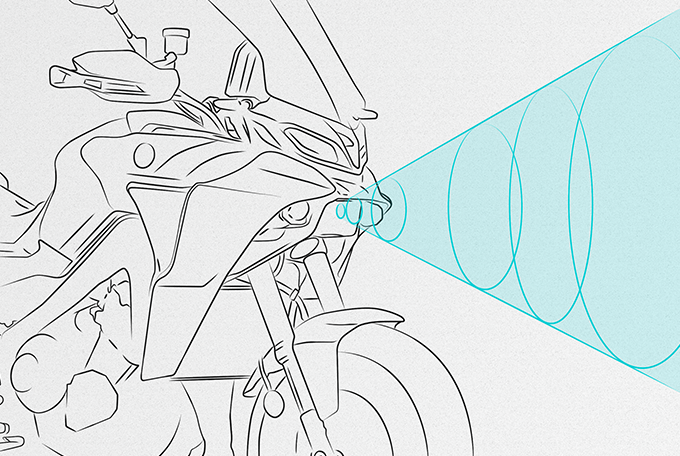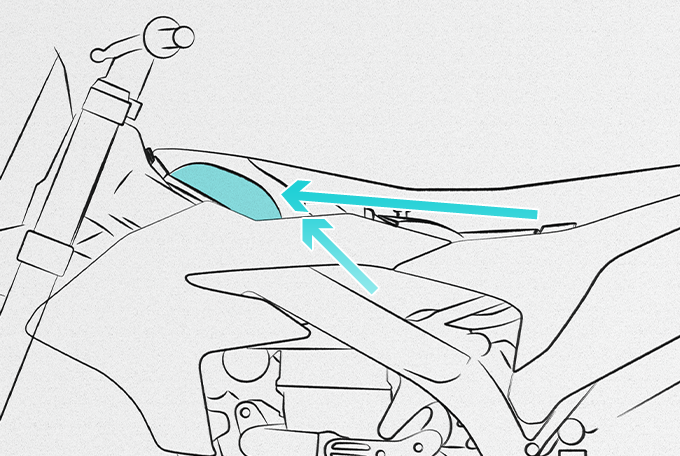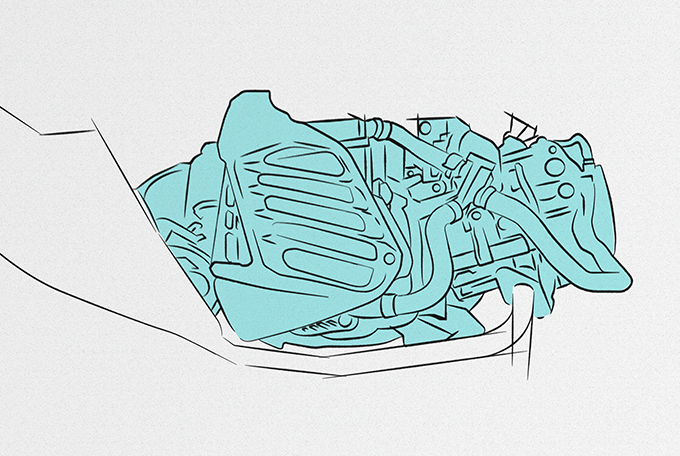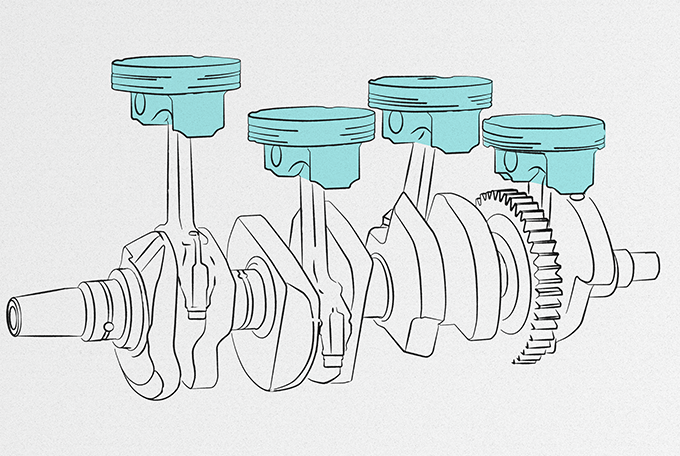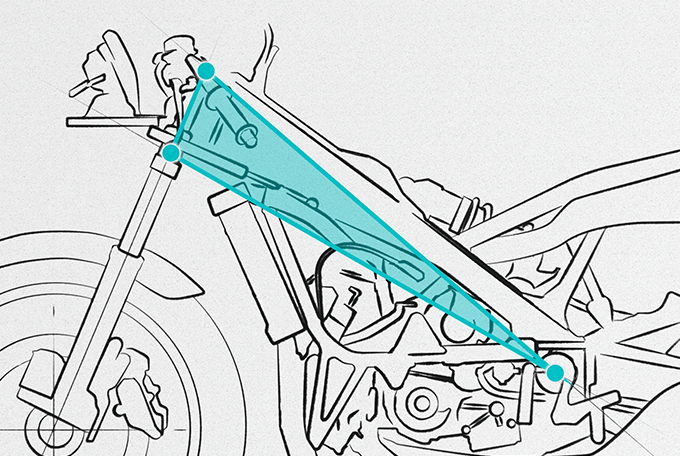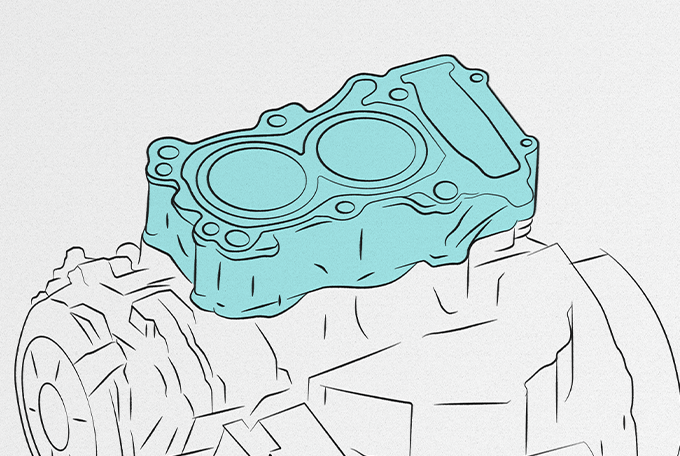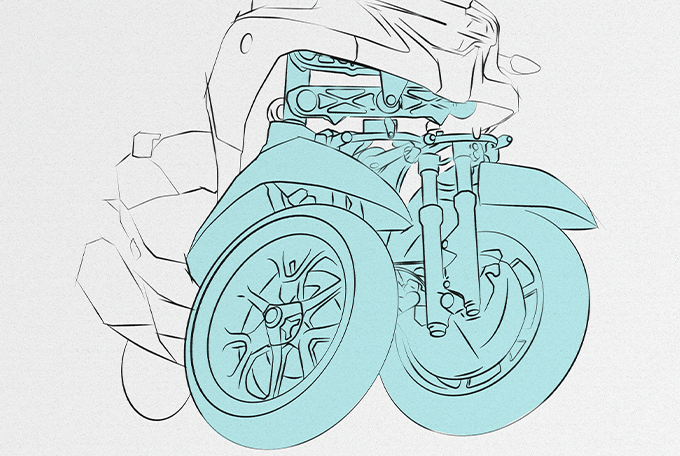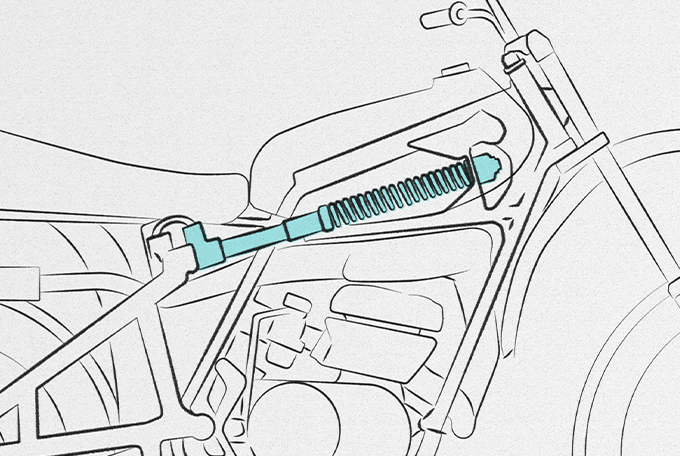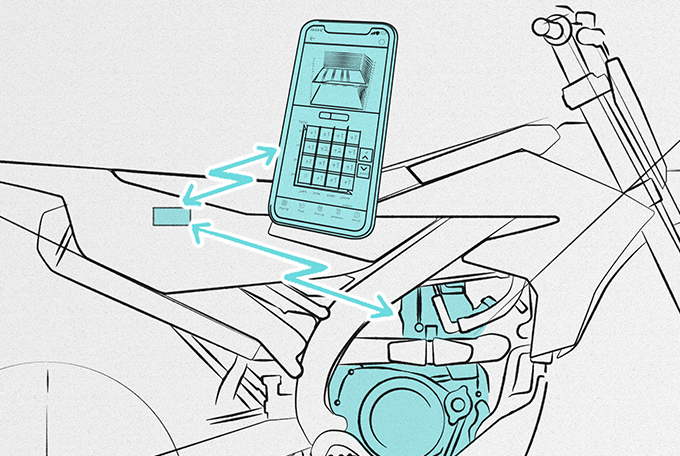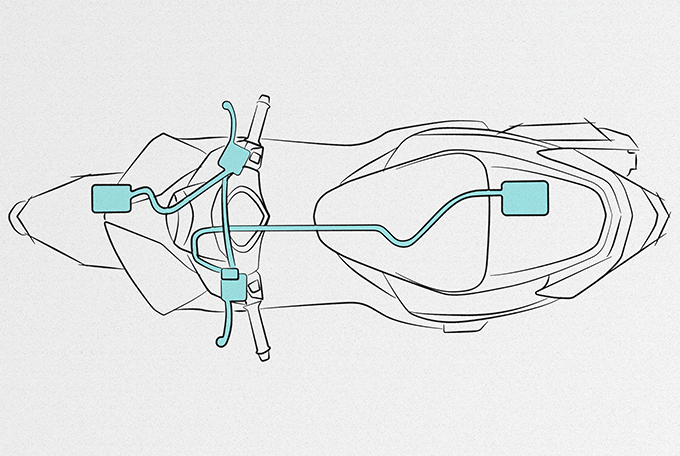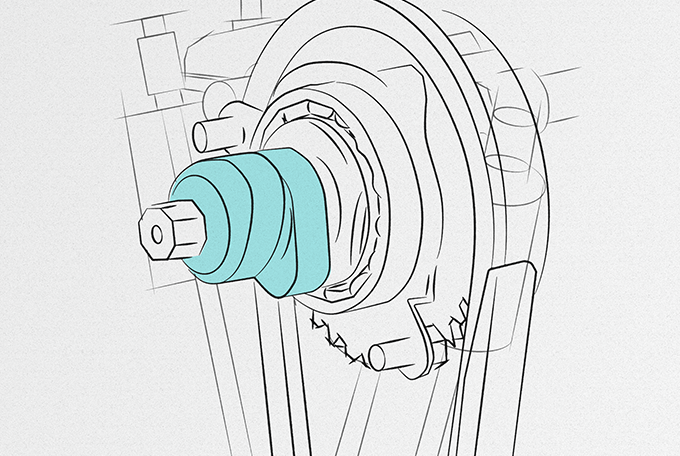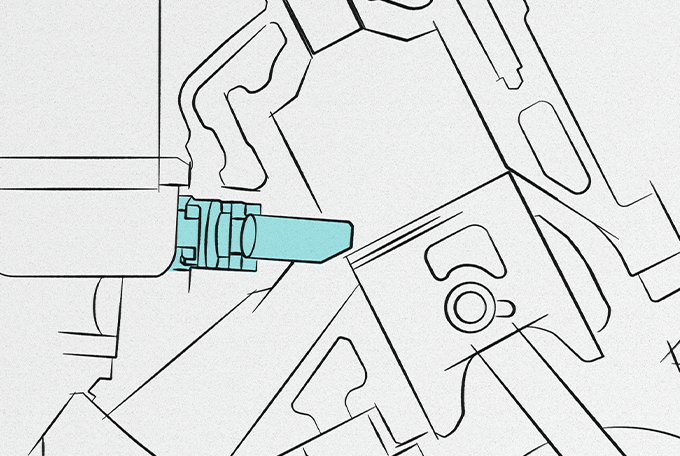Cooling System
Revs Your Heart – Explore the world of Yamaha motorcycles
Which is better, air cooling or liquid cooling?
Effectively lowering the heat produced by combustion is a key factor in creating stable engine performance. This can be done in two ways: air cooling or liquid cooling.
Air-cooled engines remove engine heat by using the air that hits the engine when the bike is moving. This is why they have fins on the outside to create more surface area for the air to pass over. This cooling method is very simple, lightweight and requires no special devices. This is why it has been used successfully for so long.
The shape of the cooling fins can also become an attractive design feature. However, on scooters and other models where the engine is enclosed by the vehicle body, an engine-powered fan is sometimes used to send air to the fins in what is called “forced air cooling.”
Liquid-cooled engines use a water-based liquid to cool the engine, but they do not use any regular water, be it hard, soft or tap water. They use a special coolant containing alcohol to prevent freezing and rusting/oxidation. This coolant is circulated through passages built into the engine. To ensure the coolant does its job efficiently, it passes through a radiator mounted to receive running airflow to lower its temperature and is then circulated again.
The benefits of liquid cooling include reducing the effect on the engine from changes in outside temperature for more stable performance and that the coolant also reduces engine vibration and thus lowers mechanical noise. Although liquid cooing is more complicated than air cooling because it requires a radiator, coolant passageways and piping, etc., its benefit of offering consistent engine power and performance is why liquid cooling is used on so many models.
